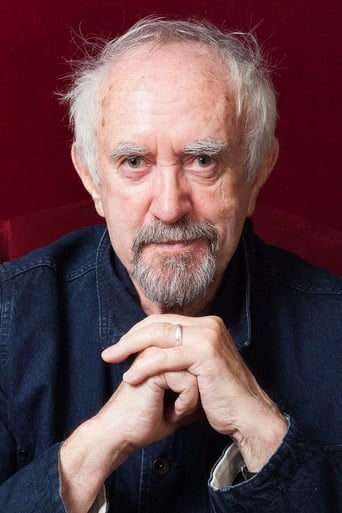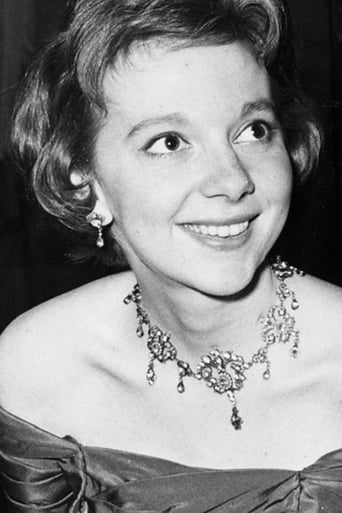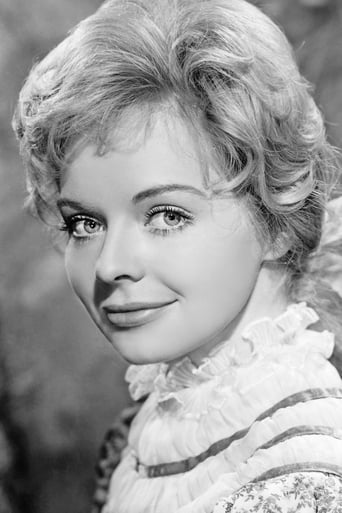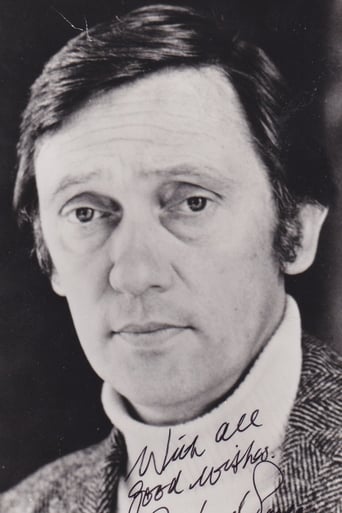timcostello1
I am absolutely convinced of William Wallace's innocence because of the business of the Qualthrough phone call. Everybody agrees that whoever made the phone call, asking Wallace to visit the non-existing Menlove Gardens East, must have been the killer.There are only two possibilities here. The first is that Wallace himself phoned his friend, the Captain of the Chess Club, using an assumed voice, asking him to tell Wallace (himself) to go to Menlove Gardens East the following night for an Insurance job. That would set-up an alibi of sorts for Wallace, allowing him to get away with murder on that night.The other possibility is that someone ELSE phoned the Captain of the Chess Club and left him the rather complex instructions for Wallace to go and meet a fictitious Mr. Qualthrough in the non-existent Menlove Gardens East. That person, the actual killer, wanted Wallace to be well out of the way the following night allowing him to rob and kill Julia Wallace.Here is the problem - and the clincher. It is virtually impossible for someone well known to a second person to carry on a long conversation, in an assumed voice, for any length of time without being rumbled. In this case for Wallace to try changing his voice to his friend, the Captain of the Chess Club, would have been virtually impossible, particularly as they were due to meet anyway within the hour.Myself and a few friends tried this out one day. We each in turn phoned a friend with a list of instructions while trying to assume a strange voice. We even tried putting slices of apple in our cheeks, but to no avail. Each one of us was rumbled, identified, by the friend sometimes within a few seconds of the phone call starting! Wallace could not have made the phone call and anyone else would have had no need to change his voice. Gordon Parry fits the bill here and remember he 'borrowed' a set of coverall fisherman's oilskins for some reason a while before. He never returned them to the owner. QED by Tim in Dublin.
rsoonsa
The 20 January 1931 slaying of Julia Wallace remains unsolved, despite an ongoing stream of investigative writers giving an impression that a solution to the crime has been found through a surfeit of working hypotheses. This film is actually shot largely in Wolverton Street, where the murder was committed within the Anfield District of Liverpool, with Jonathan Pryce performing incisively in the titular role as William Herbert Wallace, thoroughly respectable husband of Julia and collection agent employed by the Prudential Assurance Society. Pryce skilfully depicts the principal known personality traits of Wallace: loneliness, a need to be loved, and proud stoicism, the latter based upon readings from his favourite literary artist, Marcus Aurelius, whose Meditations William was prone to feed upon during periods of distress, and whom he quotes here (through voice-over): "Never display an emotion outwardly in public." William and Julia Dennis were married in 1914, and the childless couple had settled, from economic necessity, into a sedate middle class existence, marked by mildly civilized enjoyments, until the evening when Julia was bludgeoned to death, her body discovered by her husband in the Wallace front parlour, shortly after which he was arrested, charged and convicted of the crime in the face of evidence utilized against him that was merely circumstantial, since no weapon was ever located and he lacked any apparent motive for killing his wife. Nevertheless, Liverpool Police investigators, the trial prosecutor, and eventually a jury believed that Wallace's alibi was too patently designed to be credible for maintaining a posture of innocence, therefrom inducing a verdict of guilty. Produced by the BBC along with the Liverpool Film Office, this piece is cleverly constructed in order to showcase several themes for a perplexing case described by Raymond Chandler as "the nonpareil of all murder mysteries", one that has fostered a large number of obscure postulates, most quickly eliminated from serious consideration. For the first time, a guilty verdict for homicide was overthrown when a court of appeals determined that the original judgement declared against Wallace had been made contrary to a preponderance of evidence that was plainly in his favour, and he was therefore saved from being executed, instead being released from prison. Subsequently, it has been disclosed that the violent "Anfield Housebreaker" was active at the time of the Wallace murder; also under discussion have been the jury's brief (one hour) deliberation and (as shown in the film) misapprehension of the presiding judge's remonstrances that were slanted toward Wallace's innocence. Probably most significant is the possible guilt of a second suspect, Gordon Parry, that has become increasingly obvious over the years, strongly fostered here in this narrative that nonetheless avoids creating a firm opinion of the matter, as is proper after consideration of the limited available facts. This film is very well crafted by its cast and crew, and benefits from strong direction as well as an outstanding descriptive score from Charles Guard, accurate and evocative decor by Myles Lang, effective costuming designed by Sally Pearson and keenly creative camera-work provided by Steve Saunderson, featuring inventive use of colour and light. All of the cast play well, serving to heighten impact of the screenplay's gripping mixture of themes, with Pryce, Anna Massey as ill-fated Julia and Tom Georgeson as Detective Superintendent Moore all turning in top-tier performances. An extraordinarily clever script cannily includes intriguing moments of magical realism, along with convincing dream sequences and flashbacks, fulfilling their intended purpose of avoiding condemnation of either Wallace or Parry for the heinous murder. Filmed partly in the Liverpool Bay/River Mersey town of Fleetwood, THE MAN FROM THE PRU is in quality superior to an earlier effort made of the Wallace case produced by Yorkshire Television in 1975 that also was shot partly within Wolverton Street, primarily through its more careful development, and from known information of the character and history of William Wallace, including his early adventuresome years spent in Calcutta and China, his favourite recreational activity: chess, and with his delivering of popular science lectures. Additionally, latter-day revelations concerning Gordon Parry, (played with perception by Gary Mavers) who bragged of his "musical afternoons" with Julia, and who had been cashiered from Prudential Assurance when he was caught at embezzling funds from the firm, conduce to increase his potential culpability, specially following upon statements from a former automobile mechanic who had been instructed by Parry, immediately after Julia's death, to clean Gordon's vehicle, and particularly its blood-smeared interior. Since the film is based upon actual events that are known in some detail, it is discreetly constructed, and produced to concentrate upon pace and dialogue in lieu of attempting to structure a mood of suspense. While humour is of necessity scant in the film, an applicable comment made by a member of the prosecutorial assembly will catch the ear: "They were married. That's a motive."




